The coastal setting around Sequim Bay has always been a special place with distinctive people. People who have valued its beauty and its resources. People who have sought to understand the behavior of the natural world around it, through observation and investigation. One might say it's always been a place of science.
Today, approximately 100 acres at the mouth of Sequim Bay and more than 80 researchers are fully dedicated to scientific exploration. The Marine and Coastal Research Laboratory (MCRL) is an arm of Pacific Northwest National Laboratory (PNNL). PNNL is a U.S. Department of Energy (DOE) national laboratory whose main campus is located about 250 miles across the state in the arid lands of eastern Washington. PNNL-Sequim houses MCRL-DOE's only coastal and marine sciences laboratory.
MCRL is uniquely positioned and equipped to study and advance sustainable energy, environmental protection, and maritime security. This cutting-edge research center began its life as the Marine Research Laboratory in 1966 when Battelle, which operates PNNL, purchased the site to build the laboratory. But the area has been continuously occupied by the S'Klallam Tribe and their ancestors for at least 13,800 years, according to archaeologists.
Sxʷčkʷíyəŋ village
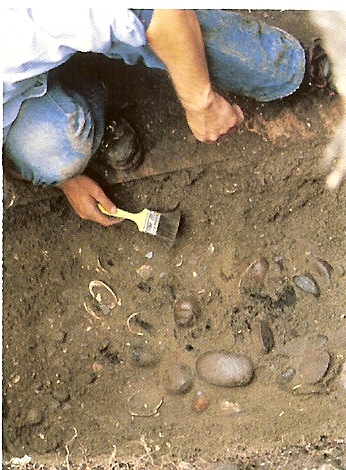
MCRL sits atop the ancient S'Klallam village site of sxʷčkʷíyəŋ-pronounced sh-tch'-kwing. In 1981, a staff member noticed signs of potential cultural materials near the south end of the beach. The laboratory received permission from the state to dig a small test pit. A prehistoric hearth feature was uncovered at the base of the pit. Charcoal in the hearth was carbon dated back to the 1300s.
Later that year, while extending a water line at the lab, additional cultural resources were encountered. Before continuing work, Battelle paid for an archaeological recovery excavation of the disturbed sediments, which yielded more than 6,500 cultural artifacts.
In the 1800s, sxʷčkʷíyəŋ village consisted of 10 longhouses, including a potlatch lodge. The village name means "a good place to hunt/shoot" in the Klallam language; this was later shortened to "Sequim." Today, a marker on the MCRL beach signifies that this site is a registered Washington State Historical Place.
The artifacts discovered at MCRL were given to the Clallam County Historical Society and later repatriated to the Jamestown S'Klallam Tribe. They continue to provide a tangible link between the tribe, whose ancestors occupied this area, and the researchers who seek to preserve the land, the coastline, and the environment as the ocean is harnessed to support energy and security needs.
Cannery row
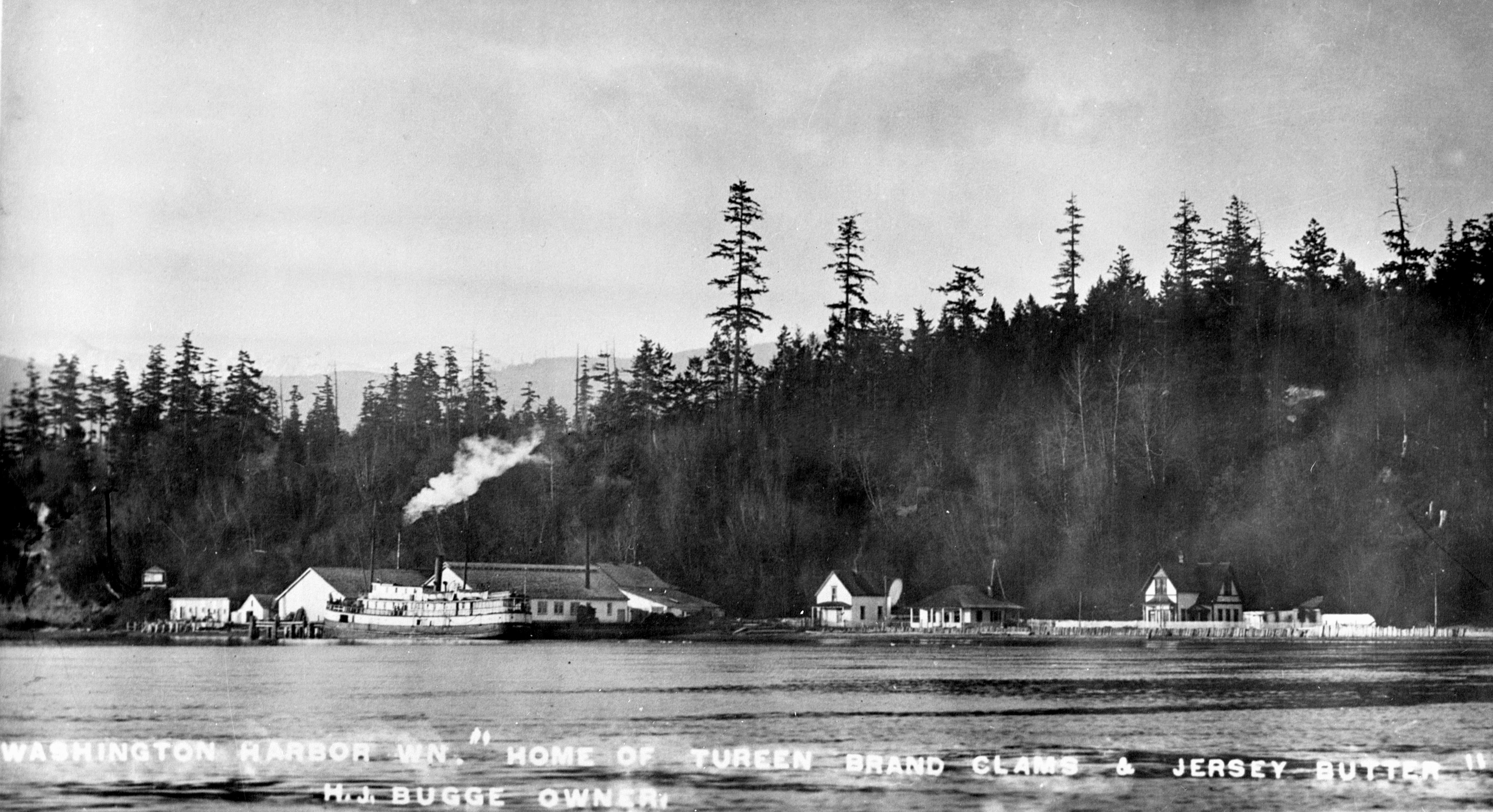
In 1899, the future site of MCRL was purchased by Hans Bugge, who opened a cannery. Many Jamestown S'Klallam Tribal Citizens worked at the cannery and lived in worker housing; today's Tribal Elders have vivid memories of their ancestors working there. By 1910, there were two cannery buildings, a creamery, a store, rental cabins, and multiple homes on the site. The Bugge Cannery Co. shipped its signature brand of local clams and clam nectar for more than 60 years and earned Bugge the nickname "Washington's Clam King."
The family continued cannery operations until Battelle purchased the property to build a flow-through clean seawater research facility. After a fire destroyed the remnants of the original cannery in 1972, wet labs and other research facilities were built. The laboratory expanded in the 1980s, and offices and buildings were built on the upper bluff. Today, MCRL is home to more than 15,000 square feet of research laboratories connected to Sequim Bay by a supply system that delivers 200 gallons of seawater per minute for a variety of research efforts. The water is treated for environmental safety before it is returned to the bay.
Environmental ecology
The laboratory quickly attracted internationally recognized experts in chemistry, wetland and coastal ecology, marine biology, and remote sensing who settled into the small community of Sequim-many of them for life. During the early years of operation, the laboratory focused on marine and ecological studies.
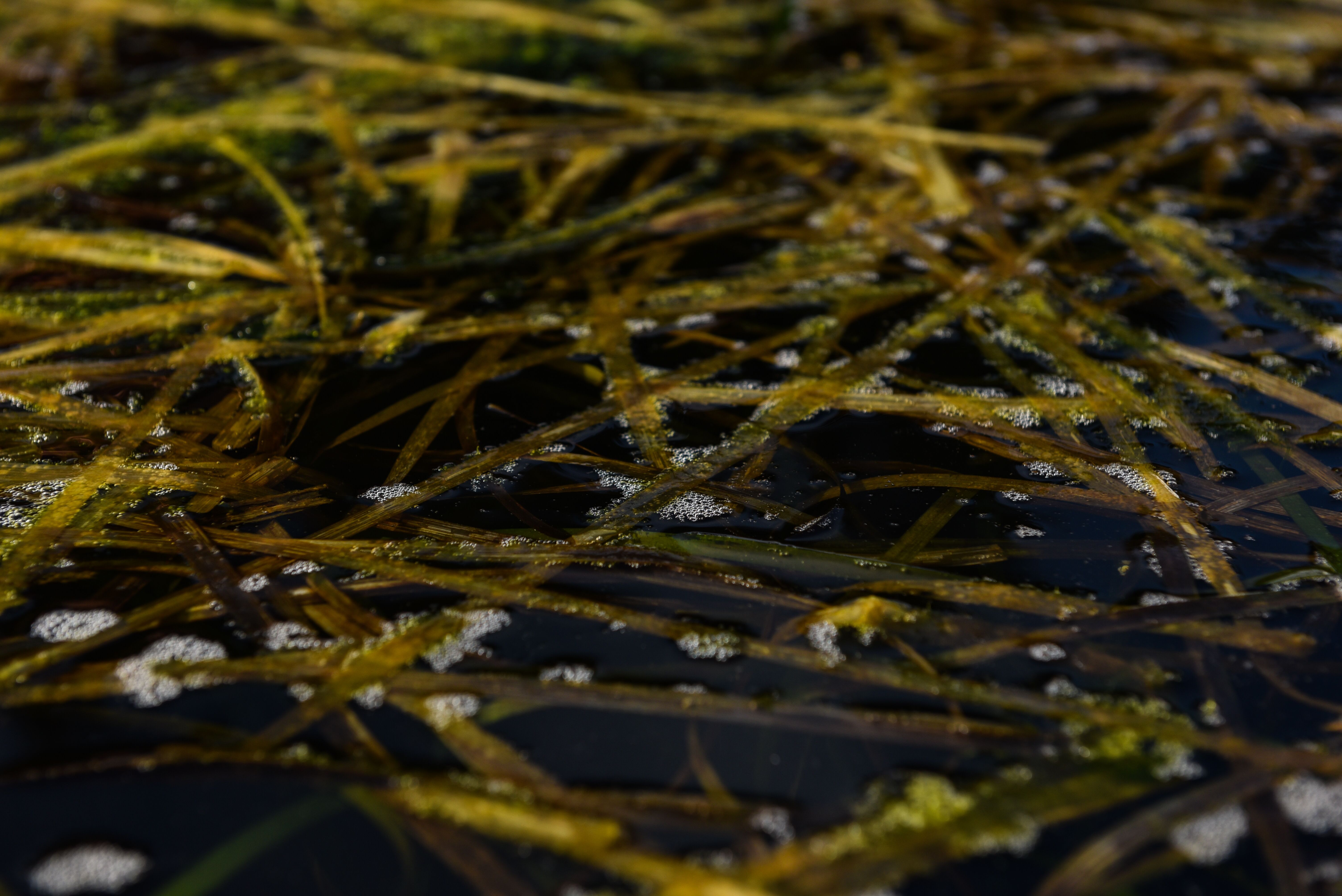
A significant achievement-among many-has been the study and repopulation of eelgrass, which provides habitat for many shellfish and smaller sea critters and is protected at the federal and state levels. Researchers have studied water quality and other factors necessary to restore this critical plant, which reduces coastal erosion, sequesters greenhouse gases, improves water quality, and underpins a vast marine food web.
Researchers are now looking at how changing temperatures and sea level rise may affect not only eelgrass but the rich diversity of interconnected habitats where land and rivers meet the ocean, including submerged vegetation, marshes, and lowland forests. This fundamental knowledge will provide the basis for accurately portraying coastal ecosystems in global climate models.
MCRL researchers continue to protect the environment in many different ways, including developing a natural wood-based oil spill abatement technology along with special nontoxic coatings that prevent biofouling of boats and equipment in the ocean.
Marine energy
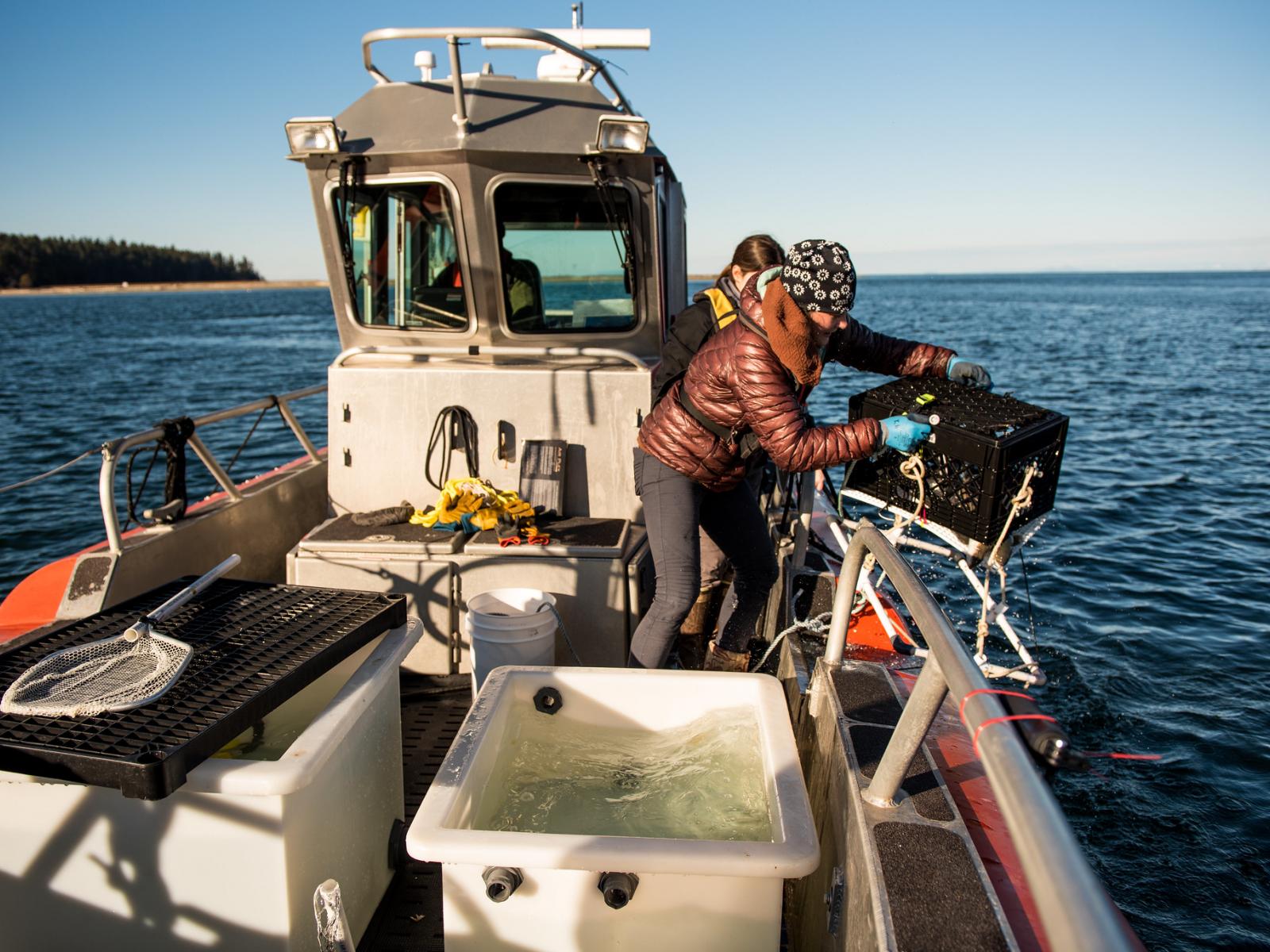
Ocean resources go beyond food and transportation. The potential for ocean energy from tides and waves is immense. Theoretically, waves off the U.S. coast could provide about 20 percent of the country's total electricity needs.
MCRL researchers are looking at ways to harness marine renewable energy sustainably and safely. With funding from DOE's Water Power Technologies Office, teams are developing new ways and technologies to monitor the environment around devices that generate energy, verifying they are safe for wildlife and the ecosystem.
Researchers are also studying offshore wind turbines and developing technologies to protect against any potential effects on birds, bats, and sea mammals. Other scientists and engineers are developing materials that will economically pull metals and minerals from seawater to be converted into fuels. Still others are improving ways to grow algae and turn it into biofuel for transportation.
National and coastal security
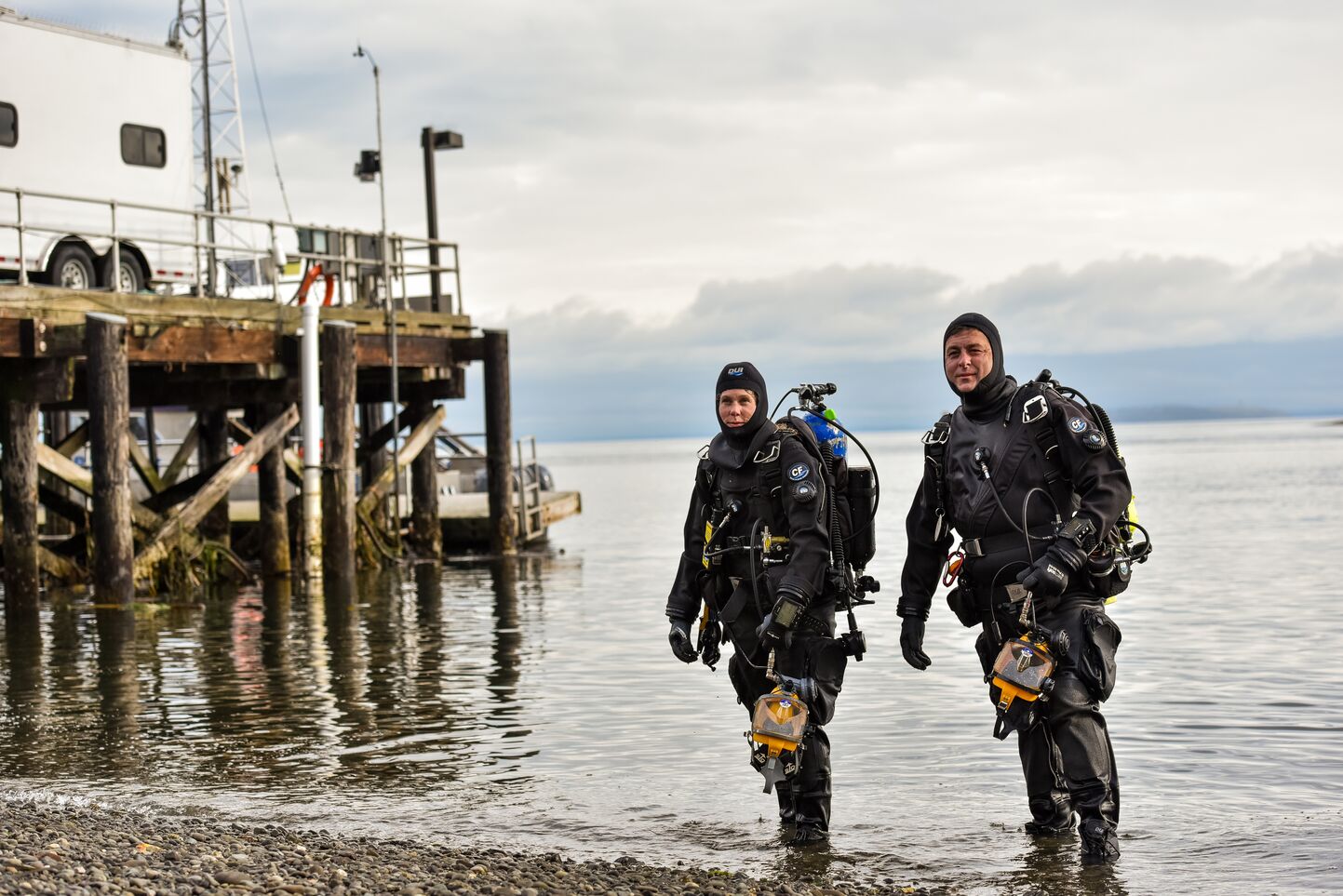
Our nation faces a growing array of threats from the sea that could harm maritime commerce, coastal population centers, and critical infrastructure within America's maritime borders. MCRL's direct access to the ocean, secluded test areas, and busy shipping channels leading to the major ports of the Puget Sound and U.S. naval bases put it in a unique position to enhance maritime security. Researchers apply capabilities in developing novel measurement technologies for the coastal and marine environment to sense, detect, and measure minute changes that can indicate threats. Measurement platforms and underwater permitted areas allow them to evaluate realistic security scenarios.
Engineers are learning more about how systems behave over time when deployed in and out of the water to detect acoustic signals; chemical, biological, and radiological signatures; or other potential terrorist threats. Analytical labs find trace levels of many substances in sediments, water, air, biological tissue, and other samples, turning environmental data into actionable intelligence.
Wave of the future
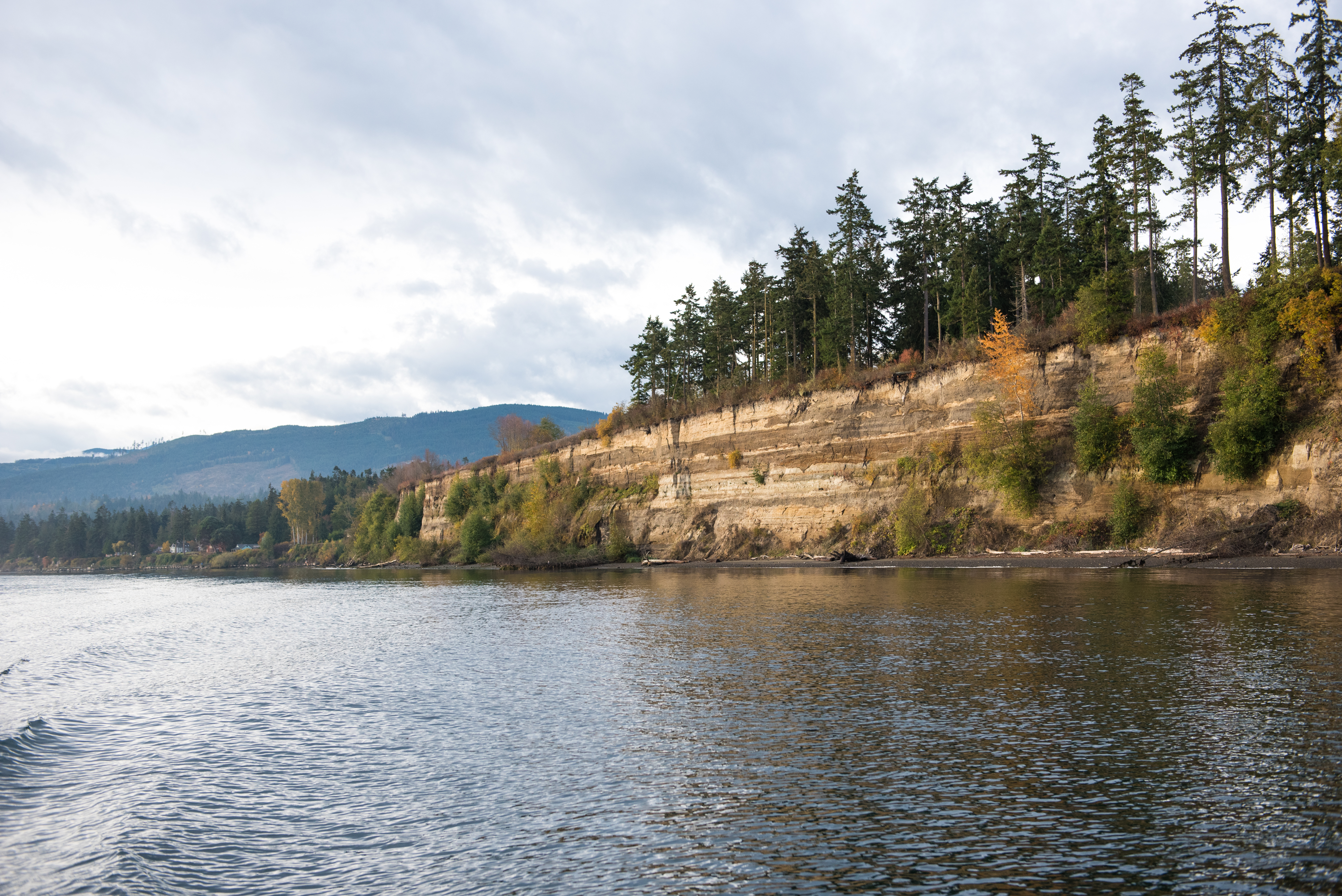
Although coastal zones comprise just 17 percent of the total U.S. land area, they contain more than half the population and a wealth of natural and economic resources. Things that happen along a given coastline or area of the ocean have implications for locations that may be quite far away.
Research and development for the coastal environment will become even more important as rising sea levels affect shorelines, ecosystems, groundwater, and infrastructure and as the nation looks to the ocean for energy, fresh water, and other natural resources.
Formerly known as the Marine Sciences Laboratory, the facility's new name-Marine and Coastal Research Laboratory-signals its expansion of coastal research. Threats to these areas in many forms are becoming more frequent and more extreme, and PNNL is bringing the unique capabilities of a national laboratory to improving coastal resilience.
Coastal zones and their infrastructure, harbors, and ecosystems are vulnerable to human interactions and natural disturbances, including sea level rise, flooding, storm surges, and tsunamis. Marshlands and tidal estuaries, where land, air, and sea intersect, hold tremendous biodiversity and opportunities for carbon to move in and out of the atmosphere. Understanding each of these processes and environments, and how natural or human disturbances affect them, is key to innovation that may offset challenges in these important areas.
Today, more than 13,000 years after the area's original inhabitants first began to harvest and manage the marine resources of the Sequim area, the science at MCRL is engaged to safely harness the power of the oceans and coasts, predict and strengthen their resilience and security, and inspire the next generation of researchers for the betterment of the planet and its people.






